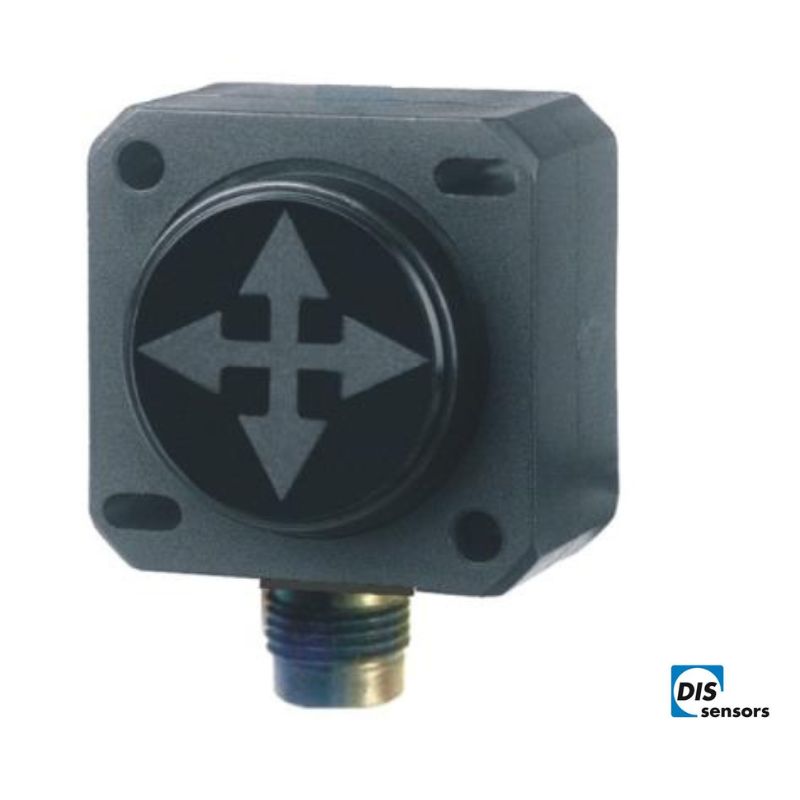Tilt Switches for Safety Applications
There are many applications where uneven loads or misaligned apparatus could result in death or injury. These risks may be mitigated by incorporating SIL 1 related tilt sensors into the design of the system. In this article we give an example of an application, where ADM was able to assist a customer in enhancing the safety of a stacked parking system.
Safety Tilt Switch Application Example
As Australia's population grows, urban density increases. This means property developers need to employ smart technology solutions to optimise the use of limited space.
New homes and apartment buildings are starting to feature a stacked parking system to make the most of garage space.
In a stacked parking system the vehicle platforms are either driven hydraulically or by a motor and chains.
A controller monitors the motion of the platform with proximity switches or limit switches at various points,
Should there be a mechanical jam, or fault caused by wear and tear, or an uneven load, it is possible for the platform to get out of alignment. Faults need to be detected instantly, allowing the system to take corrective action, thereby protecting the system from physical damage, which has the potential to result in a failure.
ADM assisted a customer in improving the safe operation of their stacked parking systems by proposing that they integrate a tilt switch from DIS sensors.

The QG40N series tilt switch is an inclinometer, which has two configurable digital setpoints instead of an analogue output representative of an angle.
This tilt switch incorporates MEMS technology and intelligent microcontroller algorithms. A programmer is available that allows the configuration of the angle setpoints, delay times, and filtering.
The delay time settings have been used on this application to eliminate nuisance switching when the angle output reading is hovering between the operational zone and the critical zone.
The programmer is easy to use and consists of a dongle and free software. It is suitable if only one or two units need to be programmed, or if adjustments need to be made in the field. For production quantities the tilt switches can be preconfigured at the the factory prior to dispatch.
What makes the QG40N series of tilt switches perfect for this application is that they have SIL (Safety Integrity Level) 1 certification.
Conclusion
A higher level of safety and reliability was realised for all our customer's stacked parking system installations, with minimal hardware and installation costs.
The tilt switch acts as a standalone comparator, no additional programming or interfacing of the stacker system's controller was required.
Further Information
Please do not hesitate to contact ADM Instrument Engineering to find out how a DIS tilt sensor could improve the reliability and safety of your application.

